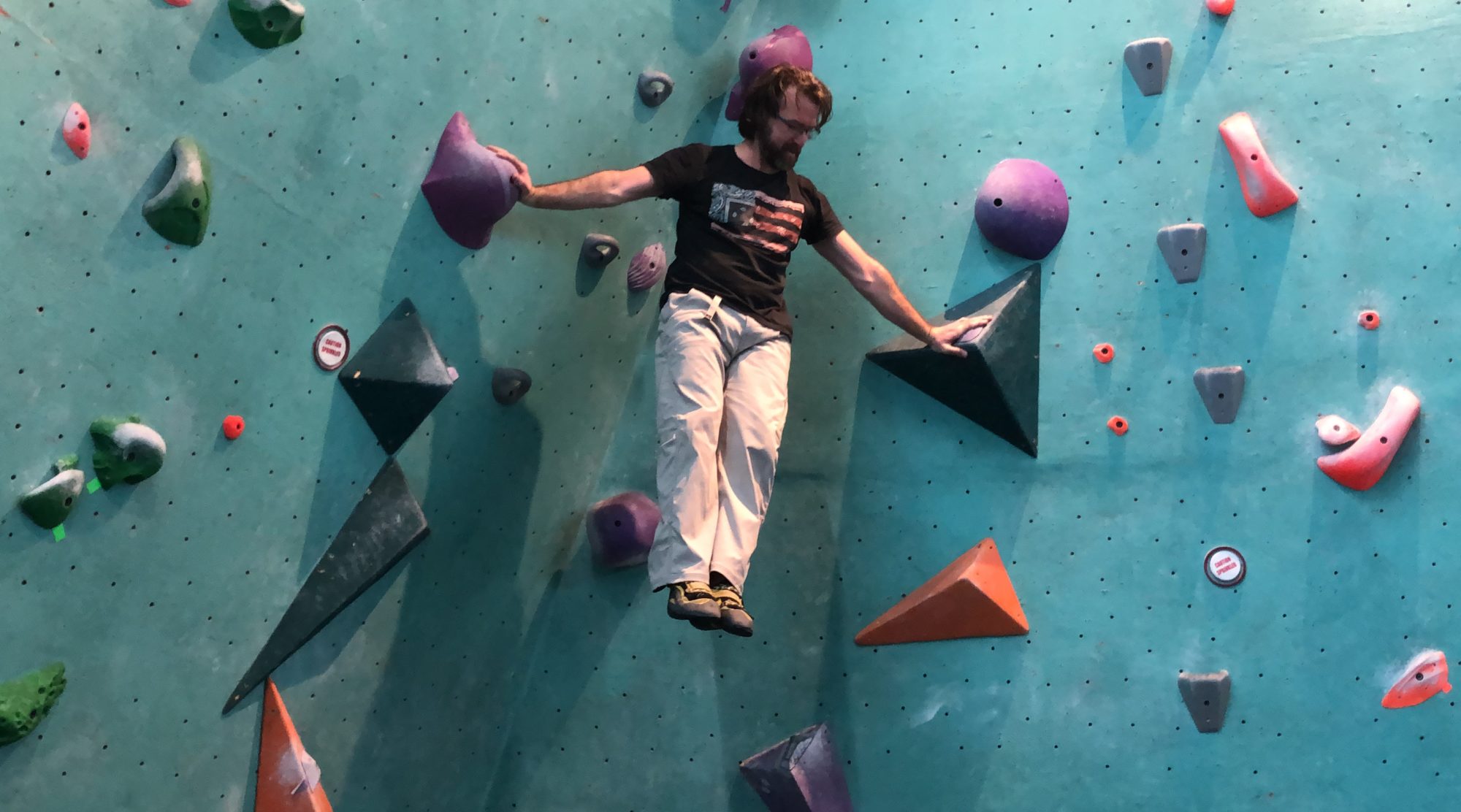The external facade is only the cover story. I believe in it. It makes me feel comfortable and invulnerable. With this image I feel like I am in control. But this facade is not my truth. It is not the story that I want to live. In truth I am vulnerable… I am not in control… I don’t always have it together. In fact, at times I feel like I am falling apart, emotionally and physically. This is my true story. And in this truth, my weaknesses are where I find my greatest strengths. Following this old story – that I am, and that I have to be, strong – keeps me weak and is ultimately one of the primary sources of much of the chronic pain and injury I have. I am not alone in this. This is something we all do.
How does this translate?
I love to workout intensely. When I workout, I go hard. I want to feel my heart pump out of my chest and my muscles burn. Lately when I make time to work out, this is the workout that I choose. It feels good, I am in my comfort zone and I feel “strong.” I am in control. I also work hard. I spend 50+ hours each week either working on people or on my business, fulfilling my “role” as father and provider for my family, while devoting very little time to taking care of myself. All of these things reinforce my cover story at a great price. The problem is that, right now, I need to commit time to taking care of myself, body and all. Hard and intense is not the type of work or workout out my body needs. The type of work that I do is intense and repetitious. Add that to my injury history, and you will know that I have structural weaknesses and that I am in pain. What my body needs is for me to focus on the weaknesses: some serious time doing foam roller therpy, deep tissue massage, full body flexibility, corrective exercises and functional training. But these aren’t very glamorous, they’re not sexy, and they do not fall in line with the image of “Strong” that my story prefers.
You see, most of us spend the majority of our training time on our strengths, whether in the gym, at work, or in our personal life. We spend so much time focusing on these things because we are good at them. Doing them gives us comfort and makes us feel capable. And it maintains the cover story that we have control in our lives. The trouble is that by placing so much time and energy into training our strengths we are not getting stronger. In most cases we are actually making ourselves weaker. When we work on the things that we’re already good at, there is only a small amount of room for improvement or growth. We expend tremendous amounts of energy on our strengths, doing the same things over and over again. All too often this leads to an injury affecting our ability to do the very things in which we feel strongest. The key to developing a physically and emotionally strong body is not to focus on your strengths, but on your weaknesses. It is in your weaknesses that you have the greatest room for growth.
You are only as strong as your weakest link.
Weakness makes you less stable, emotionally and physically. When you work or train too hard, without much focus on your weaknesses, you simply reinforce instability. Eventually this will lead to pain and injury. It is like running head first towards a wall. Eventually you will hit it and the wall always wins. In the end, if you blindly follow a story of “strength” you will end up weak.
To be strong and fulfill your maximum potential takes a determined focus on your weaknesses. You will have to move beyond your comfort zone and be willing to face failure, over and over again. It is not always fun. In fact, at times it will be the hardest thing you will ever do. But with hard work, you will improve, you will get better and before you know it… that weakness becomes your strength. You will no longer be living a story of “strong.” Strong will become your truth. It begins by recognizing the cover story, owning your weaknesses and vulnerabilities, and taking responsibility.
I have weaknesses. I am willing to address them. Instead of maintaining my cover story, I am ready to face my weak links and turn them into my strengths. I will take the extra time and focus on correcting dysfunction and allow myself to heal. As I heal I will become more stable which will allow me to do the things I love. I will be able to workout heavier and harder without fear of hitting the wall.
[email_link]


























